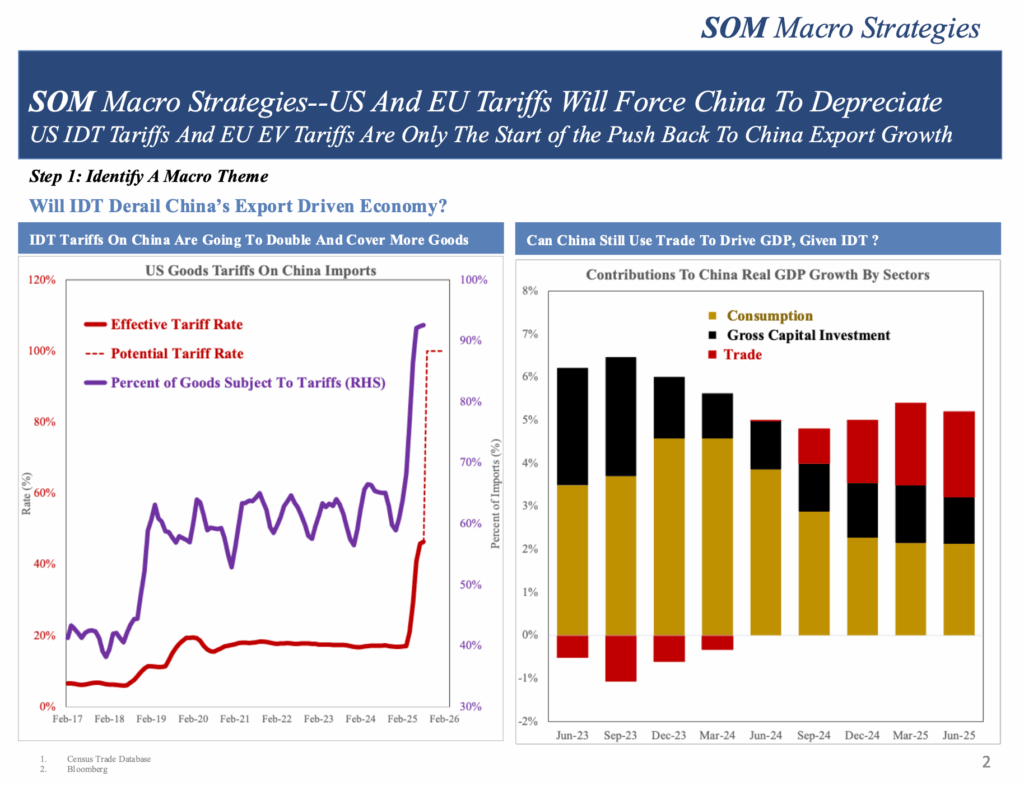Following the EU-India summit in May 2021, talks on both an EU-India trade and an investment agreement have resumed. This analysis provides background on where EU India economic relations stand and why it is important to maintain momentum following this breakthrough, despite a somewhat unpromising domestic political environment in India.
This new impetus largely reflects a transformed geopolitical landscape since the last round of EU-India talks were abandoned in 2013. The increased tension between India and China, as well as the EU’s intent to reduce its reliance on Chinese manufacturing have created the conditions for changes in policy by both parties. However, many of the issues that bedeviled the 2007-2013 negotiations remain unresolved. In this analysis, we provide an overview of EU-India trade and investment relations as well as the major topics in these negotiations. The impact of key global initiatives on climate change and WTO reform that will shape the negotiations is also briefly discussed.
Based on this analysis, we discuss three potential ways forward for EU-India trade and investment negotiations: a comprehensive agreement similar to that reached between the EU and Vietnam; a limited investment deal primarily focused on manufacturing; and a reinforced status quo with trade and investment relations growing organically under the existing multilateral umbrella.







